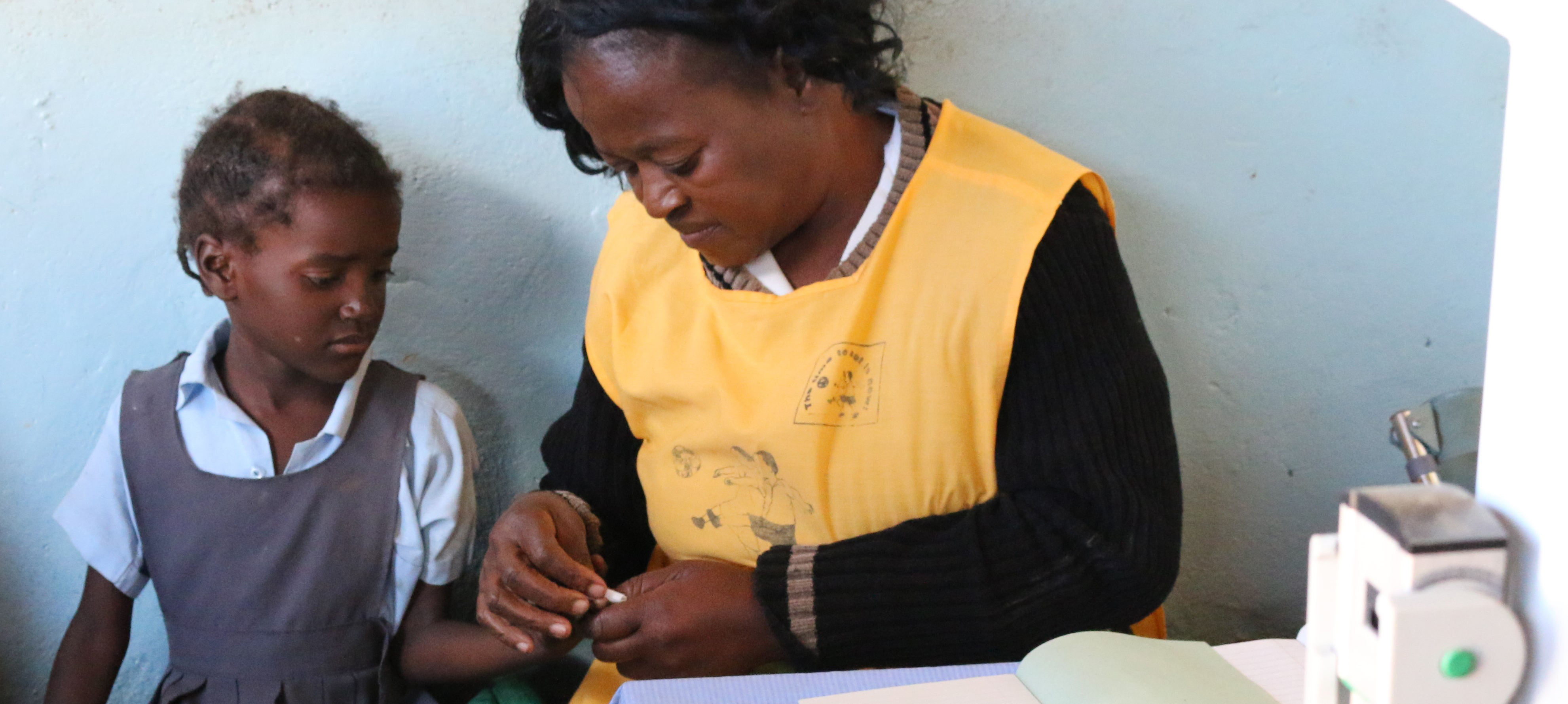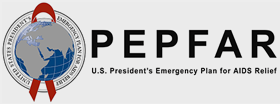
Imagine going to the grocery store without knowing how many people you may have to feed and what kinds of food you should buy. And imagine you could only go once a year. Wandering the aisles without a clear list, would you buy too little? Perhaps too much? There’s a good chance your family or guests could end up going hungry at some point in the year or that excess food could rot, wasting funds you could have invested elsewhere.
Now imagine this same situation but on a much larger scale, for the complex process of buying the thousands of different medicines and health supplies needed for an entire country. Without enough of each item, people could be forced to leave health centers without treatment for HIV, malaria, or other infections. Alternatively, buying too much could mean valuable medicines expire on pharmacy shelves gathering dust.
Forecasting how much to buy of different health commodities is a challenge for supply chain managers everywhere. Much like the grocery trip requires an understanding of what people will eat and how many people need to be fed, proper forecasting of health commodities requires quality data on population size, consumption trends, disease patterns, and more.
In Zambia, annual forecasting and supply planning was a cumbersome, time-consuming process led by external partners without formally dedicated leadership in the central Ministry of Health (MOH). With support from the USAID Global Health Supply Chain Program-Procurement and Supply Management (GHSC-PSM) project, the MOH now leads a streamlined and improved process to more accurately forecast the amount of health commodities needed each year — so the right amount of medicine is available when and where it is needed.
GHSC-PSM started by identifying a core team of specialists within the MOH’s central and provincial offices to act as forecasting “champions”. The project engaged this core team of 20 to formalize terms of reference that outlined the group’s existence, roles, and responsibilities. The core team, with GHSC-PSM expertise, then developed and agreed on standard operating procedures that combined forecasting best practices from different health areas. In addition, GHSC-PSM provided training on forecasting tools specific to pharmaceutical and lab supply procurement, Quantimed and ForLabs. These forecasting tools automatically adapt as actual consumption data is recorded which will improve the accuracy of supply plans and overall supply chain performance.
GHSC-PSM also initiated more frequent data reviews throughout the year. Formerly, data was only evaluated right before or during the annual exercise when it was often too late to correct issues that could lead to inaccurate forecasting. During the review, the core team compares consumption data from a specific facility or region to what was forecasted. This comparison can reveal inconsistencies and errors which can then be corrected before forecasting. For example, one facility may be reporting number of tablets consumed, and another facility may be reporting the number of packs consumed, with 20 tablets to a pack.
With the new standard operating procedures and improved processes, the 20-person core team completed annual forecasting within only five days instead of in 14 days with a 50-person team as previously required. This means reduced cost, reduced time, and an overall more sustainable process that the MOH can continue over time.
Forecasting is step one in the complicated process of getting health products to people. Knowing the “what”, “how much”, and “when” affects every other step in the supply chain. Going forward, GHSC-PSM will continue supporting the core team to hone their forecasting skills and make sure medicine gets into the hands of patients for a healthier Zambia.


